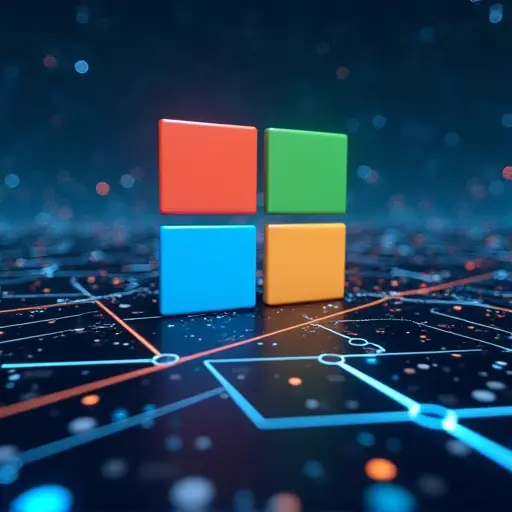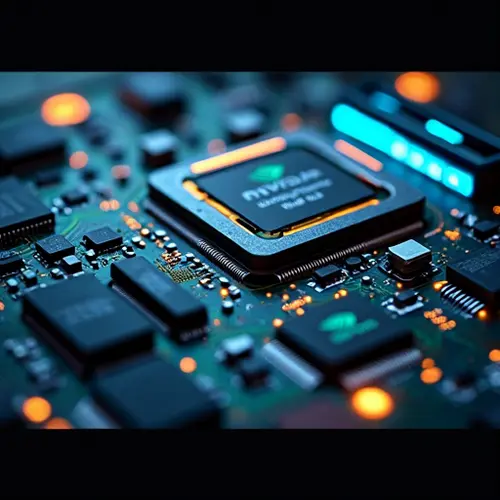
Microsoft's Transformative Open Source Journey
Microsoft has undergone a remarkable transformation from open source skeptic to becoming one of the world's leading contributors to open source technologies. The company's journey began in 2009 with a pivotal 20,000-line code contribution to the Linux kernel, signaling a fundamental shift in Microsoft's approach to software development and collaboration.
Key Milestones in Open Source Adoption
In 2015, Microsoft released Visual Studio Code, which has grown into the world's most popular development environment with over 50 million monthly active developers. The 2018 acquisition of GitHub, the world's largest developer community platform with 28 million developers and 85 million code repositories, cemented Microsoft's "all-in" commitment to open source as declared by CEO Satya Nadella.
Enterprise-Scale Open Source Infrastructure
Open-source technologies like Kubernetes and PostgreSQL have become foundational to Microsoft's cloud infrastructure. Azure Kubernetes Service (AKS) and managed PostgreSQL services power some of the world's most demanding workloads, including Microsoft 365 and OpenAI's ChatGPT. The COSMIC platform, Microsoft's geo-scale managed container platform, runs millions of cores and represents one of the largest AKS deployments globally.
ChatGPT: Open Source at Massive Scale
OpenAI's ChatGPT, built on Azure infrastructure, demonstrates the power of open source technologies at unprecedented scale. With nearly 700 million weekly active users, ChatGPT handles over one billion queries daily using AKS for container orchestration, Azure Blob Storage for content, and Azure Cosmos DB for globally distributed data. Remarkably, this massive infrastructure is managed by only 12 engineers, showcasing the efficiency of managed open source platforms.
Microsoft's Open Source Contributions
Microsoft actively contributes to numerous open source projects, including Dapr (Distributed Application Runtime), Radius for multi-cloud application management, Copacetic for container security patching, and Semantic Kernel for AI application development. The company has become the largest public cloud contributor to the Cloud Native Computing Foundation (CNCF) over the past three years.
The Future of Open Source Innovation
Microsoft's open source journey continues to evolve, with the company playing a pivotal role in shaping the future of cloud-native computing and AI infrastructure. The combination of open source flexibility with Azure's enterprise-grade reliability enables organizations worldwide to innovate faster while maintaining security and scalability.

 Nederlands
Nederlands English
English Français
Français Deutsch
Deutsch Español
Español Português
Português






